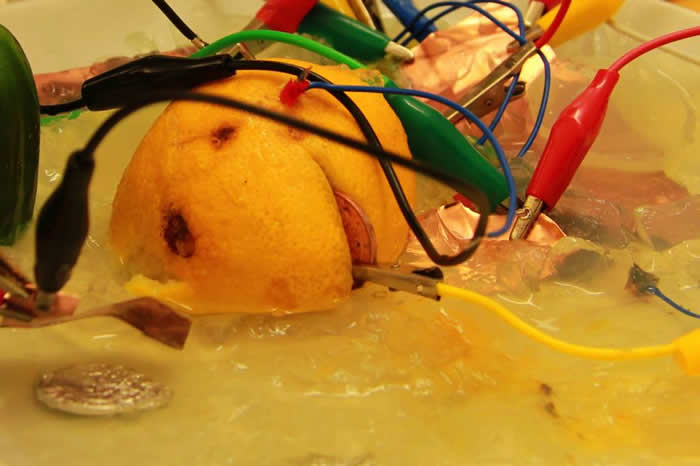10 Years Interface Cultures
Ten years ago the Interface Culture master study program was founded at the University of Art and Design in Linz Austria. The program teaches interactive art, interface design and the development innovative interface solutions at the confluence of art, design and research.

“Tangible Score” by Enrique Tomas
The rapid and ongoing integration of media and communication technologies into our daily lives has cause significant social impact over the past years. The relationship between humans and digital technologies becomes closer and closer, and one could say even more opaque. In our prosumer society interactivity is omnipresent, as we are constantly asked to react, interact, evaluate, vote and judge. Social media play an important role in this trend. Big data, increased surveillance, the NSA scandal, cyber security, quantified self tendencies and a proliferating data economy bring up new social and cultural challenges.
Artists have always been barometers when it comes to interpreting and translating new societal changes. Participation is not a new trend in the arts, already in the 1950ies audience participation has been used for art making, art perception and a critical reflections onto society at large. Relational Art and other forms of the Open Art Work concepts have prepared the ground for Interactive Art since the early 1990ies and the Ars Electronica Festival is one of the key promoters for enabling and promoting this developing art form.

“Ursuppe” by Davide Bevilacqua and Alberto Boem
Over the past 10 years students at the Interface Cultures department have developed interactive art pieces, new interface solutions and prototypes that investigate cultural and societal issues surrounding participation and interaction. Around 150 projects have been produced by now and 40 master thesis and 2 doctoral thesis were produced. These range from investigations into the connection between interactive and participatory art, aesthetic classifications of interactive art, developments of new musical instruments, playful and tangible interactions, research into human-plant interfaces, augmented social environments and brain computer interfaces, as well as development of novel interfaces for media facades, digital story telling and healthcare. The range of master thesis topics is very open, it depends on the interest and background of each student. In a practice based research approach young artists and designers investigate how interaction and communication challenge our society. They produce artworks and prototypes that range from media art, contemporary art, critical design, new interface technologies to new communication services, as well as conceptual art and theoretical reflections.
Over the past years media art and contemporary art have also finally grown closer together and technologically supported art has finally entered the art market. Pioneers of digital art, kinetic art, reactive kinetic art, expanded cinema, electronic art and interactive art are finally being acknowledged by art history. In an academic context media art has become an art form in its own right, with its own history, its own aesthetics, its own discourse and its own principles.

All this provides a great context for young students to engage in the ongoing development of interactivity and forms of audience participation as a reaction to the current trends and developments in our society.

